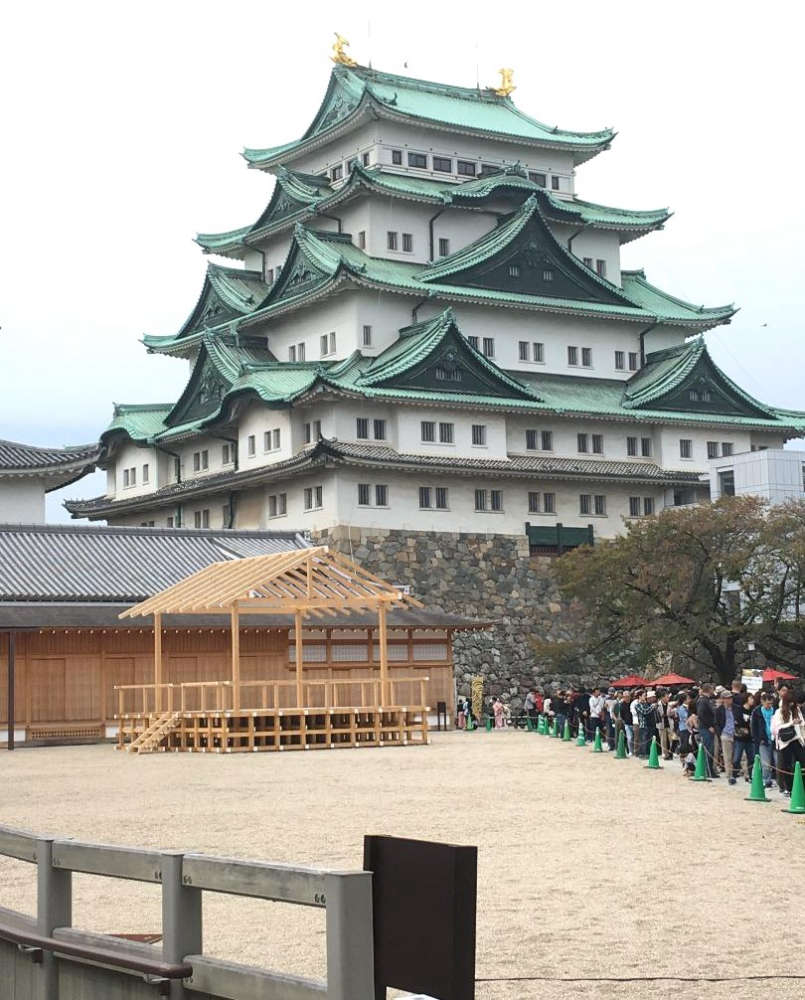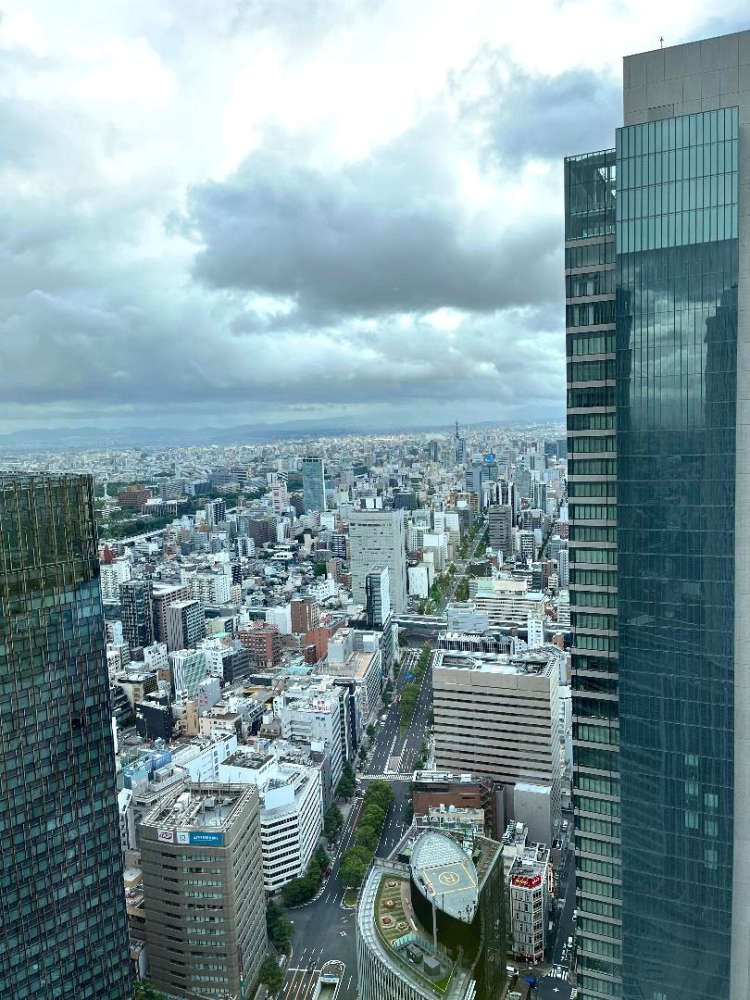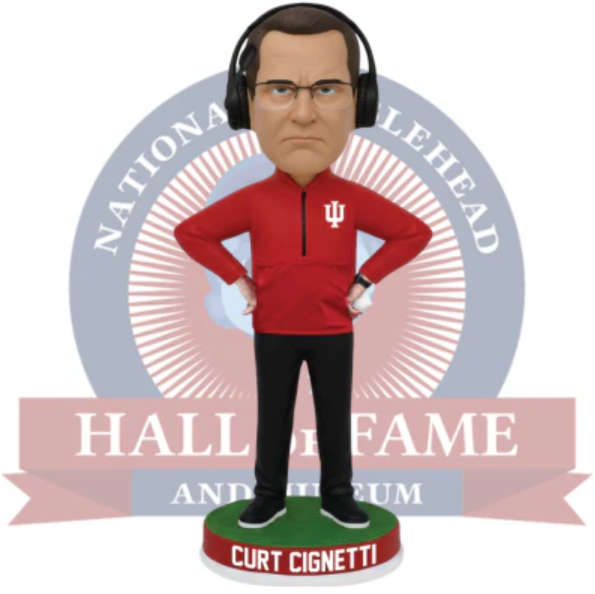
Back in the early 1990s, I visited Nagoya in Aichi Prefecture for the first time. To be honest, I found it gritty and lacking any real character.
I didn’t return to the city for a couple of decades or until I was asked to speak at a conference. I remember getting off the train and gazing at the completely changed and modern landscape and thought to myself, “Wow, Nagoya has changed drastically and in a very good way. It has come into its own!”
Most noticeable for me was the station area. It has been completely renovated and modernized. (photo below) The drab and dilapidated buildings that I remembered from my first visit had all been razed and replaced with modern high rises and skyscrapers.

Very upscale shops are now a part of the metropolitan area that resembles any large city in Japan. A famous delicacy that many people try when in Aichi and Nagoya is hitsumabushi (a type of grilled eel served on a bed of rice).
I did read that in a 2016 survey, visitors found Nagoya to be the most “boring” city in Japan out of eight of the largest cities in the survey. I visited there well after this survey was done, so that certainly wasn’t my experience. I think Nagoya has decidedly stepped up its game in the “interesting places to visit” category.
I highly recommend perusing the station area and wandering about the many streets that have varied shopping and restaurants available to locals and visitors. Of course, the crown jewel of Nagoya is its well-maintained and pristine castle keep (main photo).
Nagoya Castle dates back to 1615 when it was completed by probably the most famous Japanese Shogun, Ieyasu Tokugawa. This castle boasts the largest floor space of any tower keep and it has the designation of being Japan’s first castle to become a National Treasure.
Like many historical structures in Japan, it was damaged heavily during the wartime air raids but was so culturally and historically significant that it was restored and repaired to return it to its original glory.
Within the castle grounds, visitors can also tour the Honmaru Palace which is well worth seeing. The palace was also completed in 1615 and was initially used as offices and residences for the first feudal lord of Owari to house officials and samurai families.
The interior is graced with beautiful screen paintings and like the actual castle, it too was largely destroyed during the WWII air raids and had to be rebuilt. Great care, however, was taken to make sure it was restored as authentically as possible, and it was finally reopened to the public in 2018.
Thankfully, a warehouse of period-correct materials had been stored during the war and these artifacts were then utilized to recreate the palace as it once was. It is quite rare in Japan to have such relics and treasures available for general use, so the large stash of genuine cultural and historical items was used as a point of reference — the stored photos, drawings, and blueprints were availed to the architects and designers which helped immensely in recreating the originality of the structures during the reconstruction phase.

The huge number of historical records and actual items from the period allowed archeological teams to restore the palace and castle to their original scope and majesty. On my last visit to Nagoya, I not only attended the conference with my graduate student, afterward we visited the castle and palace during our free time.
If you are traveling with small children or have a special interest in legos, Legoland is worth visiting. This amusement park doesn’t draw the huge crowds that Tokyo Disneyland or Universal Studios Japan do, so visiting Legoland can be less draining and more enjoyable for visitors because visitors aren’t plagued with the huge crowds and long wait times to enjoy the attractions and rides like at the other more well-known amusement parks.
If you are more interested in cultural or historical activities, then the Tokugawa Art Museum is worth visiting. There is also an aquarium called the Port of Nagoya Public Aquarium that might be interesting to see. Admittedly, I didn’t make it to this site, so that will have to wait for a future visit to Nagoya.
The largest manufacturer in Aichi prefecture is Toyota, and the Museum of Toyota Commemorative Museum of Industry and Technology is considered to be a leader in this genre of museums.
Noritake Garden and the chinaware manufacturer is a short walk from Nagoya Station, so the convenience of location lends itself to being a great place to visit. As the name suggests, it is the headquarters of the porcelain giant that began in 1904 with the making of a dinner plate.
In honor of Noritake’s 100th anniversary, the company opened up a large garden area consisting of 34,000 square meters that is sectioned off into three distinct zones: the Culture Zone, where the culture of the company and its impact on society can be seen; the Commercial Zone, a place that emphasizes daily lifestyles; and the Historical Zone, which focuses on the history of the company. These areas are surrounded by beautiful greenery in the hopes of combining local tourism with the natural environment.
Noritake, throughout its long history, went on to become a world leader in fine chinaware, and no doubt households all across America, especially in Boomers’ homes, have china cupboards and glass cabinets full of Noritake chinaware.
I know my mother’s chinaware was Noritake which I inherited (and now have displayed in my Indiana home). Sadly, traditionally there was a general tendency to only use fine china for very special occasions or as my mother would say for “company” -- which meant it wasn’t used regularly.
I am trying hard to break out of that mindset because every day is a special occasion to celebrate.
Use the good china, use the nice table linens, and use the fine crystal goblets today!


 Winter Storm Watch for most of central Indiana, heavy snow possible
Winter Storm Watch for most of central Indiana, heavy snow possible
 Fresh Christmas trees
Fresh Christmas trees
 Putnam County Coroner looking for family, contacts for deceased woman
Putnam County Coroner looking for family, contacts for deceased woman
 Small Business Saturday events aimed to bring people to Greencastle
Small Business Saturday events aimed to bring people to Greencastle
 Putnam County Sheriff's Office to increase patrols during holiday season
Putnam County Sheriff's Office to increase patrols during holiday season
 Governor Braun celebrates "Small Business Saturday" in Indiana
Governor Braun celebrates "Small Business Saturday" in Indiana
 New Coach Curt Cignetti Indiana Hoosiers bobblehead unveiled with proceeds going to Riley Children’s Hospital
New Coach Curt Cignetti Indiana Hoosiers bobblehead unveiled with proceeds going to Riley Children’s Hospital

